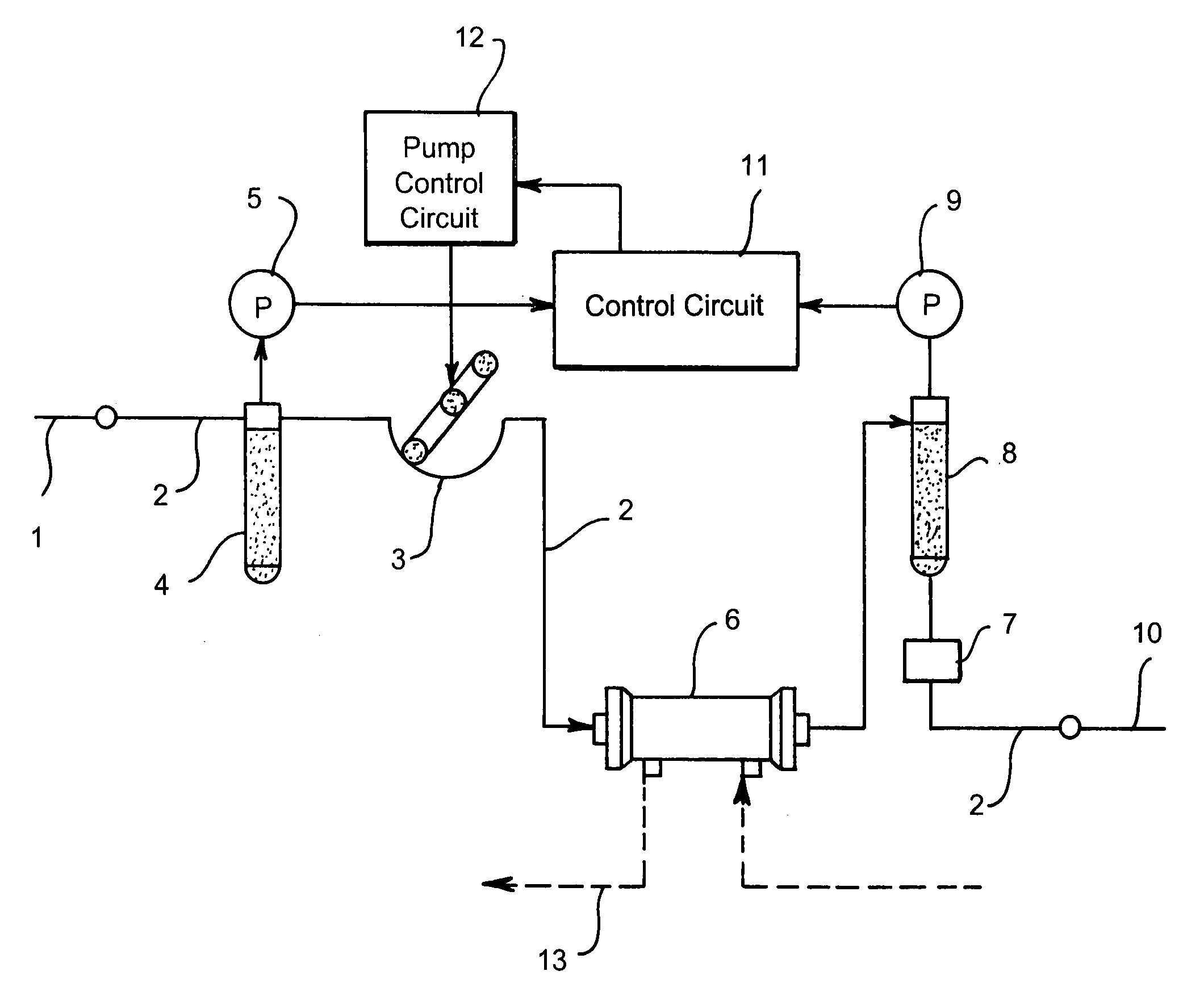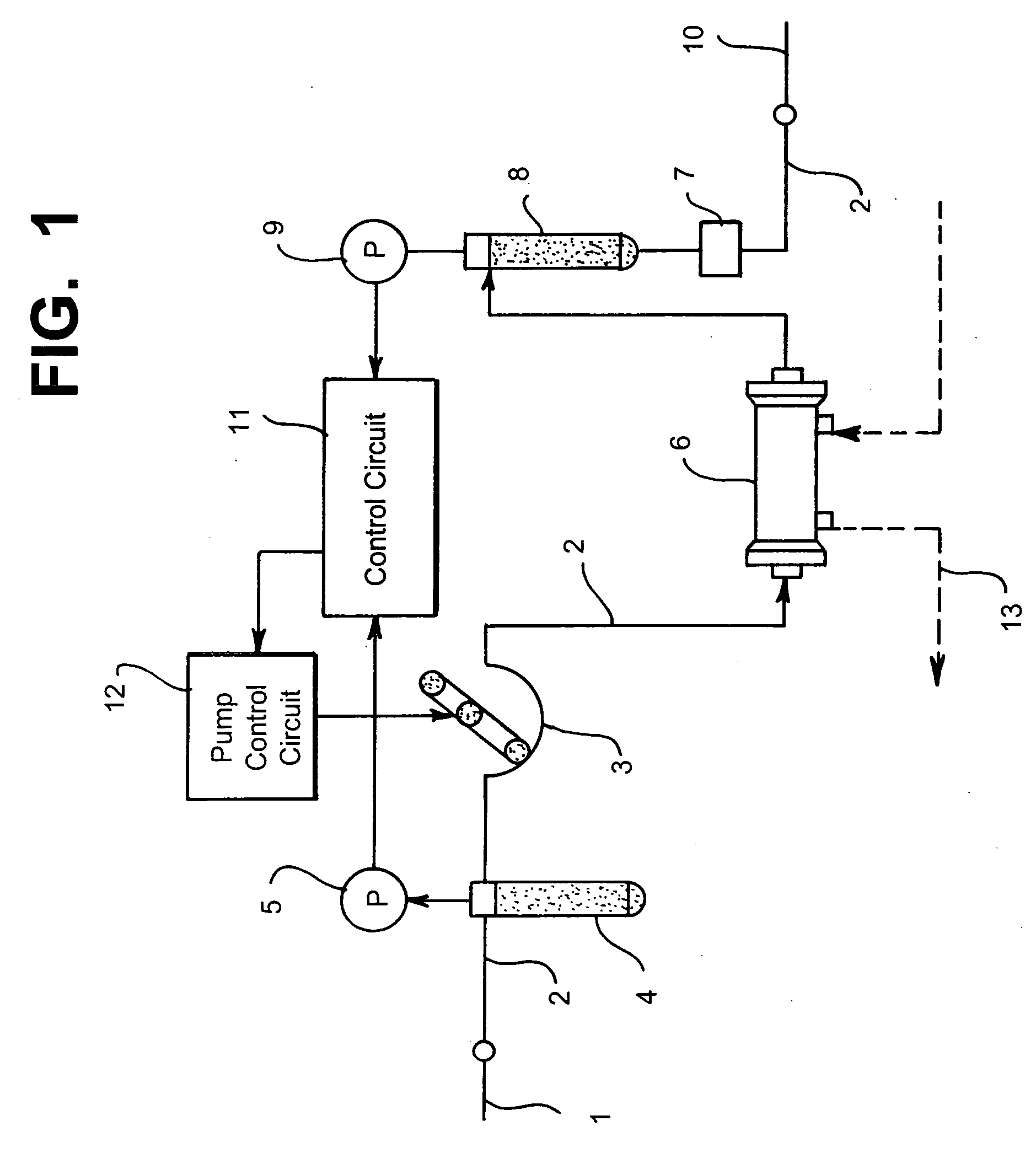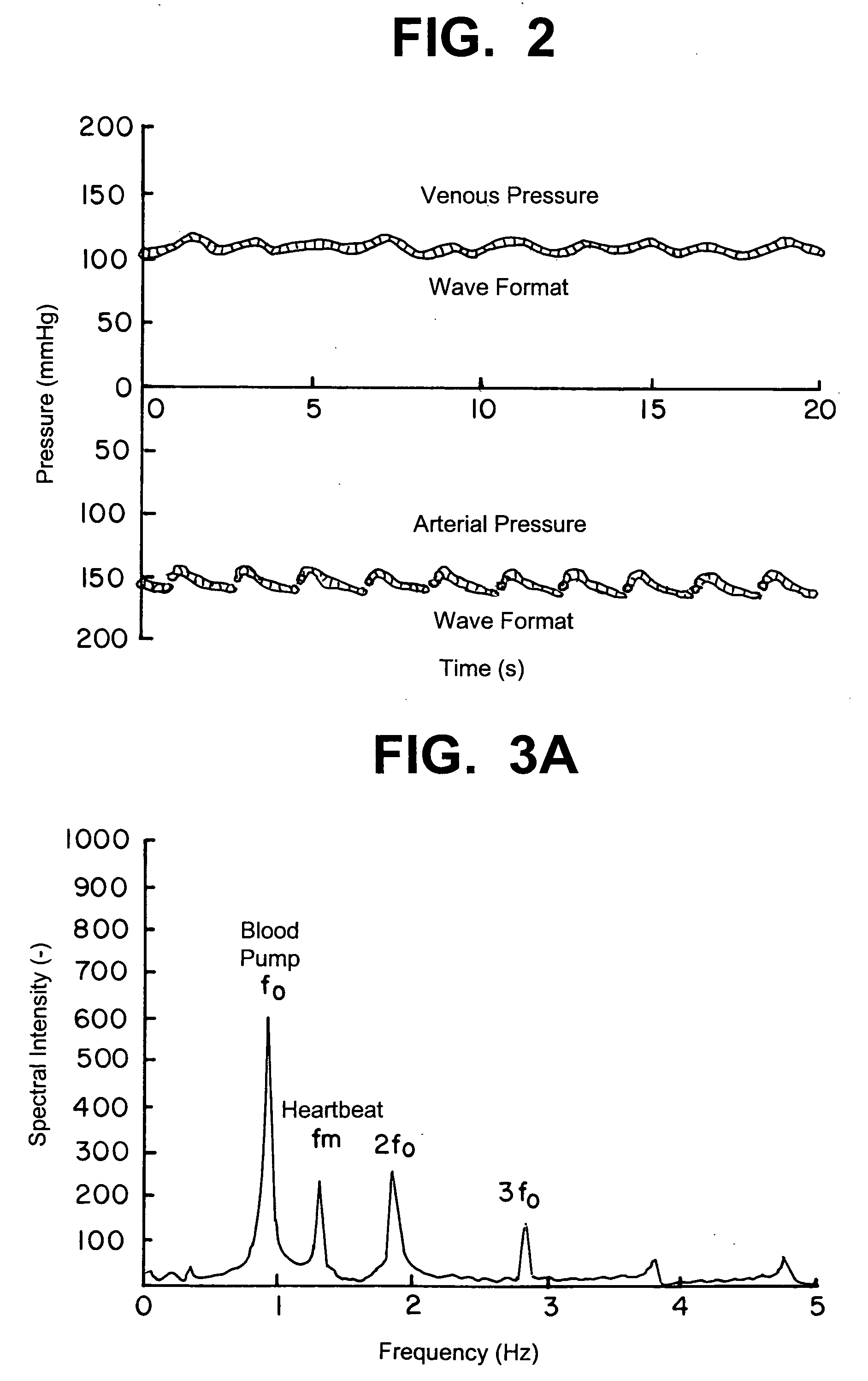Method and device for measuring pulse rate, blood pressure, and monitoring blood vessel access
a technology of blood pressure and pulse rate, which is applied in the field of measuring pulse rate, blood pressure, and monitoring blood vessel access, can solve the problems of increasing the burden of nurses and medical professionals, compromising the accuracy of pulse and blood pressure measured values, and difficult to respond to any abrupt change in the condition of dialysis patients
- Summary
- Abstract
- Description
- Claims
- Application Information
AI Technical Summary
Problems solved by technology
Method used
Image
Examples
Embodiment Construction
[0046] The followings are the descriptions of embodiments of the invention, i.e., the method of measuring the patient's pulse rate, the method of measuring the blood pressure, and the medical device using said methods, as well as the second embodiment, i.e., the method of securely monitoring the blood vessel access, and the medical device using said method.
[0047] First, the method of measuring the patient's pulse rate, the method of measuring the blood pressure, and the medical device using said methods will be described below.
[0048] In case of a medical device having a mechanical device for transporting a fluid into the patient's blood vessel via a blood vessel access, a pressure wave applied to the fluid contains a pressure wave caused by the pump and such used for transporting the fluid and the pressure wave caused by the patient's heartbeat. For example, in case of a dialysis device, the circulating blood of the patient is the fluid, and the pressure waves according to the blo...
PUM
 Login to View More
Login to View More Abstract
Description
Claims
Application Information
 Login to View More
Login to View More - R&D
- Intellectual Property
- Life Sciences
- Materials
- Tech Scout
- Unparalleled Data Quality
- Higher Quality Content
- 60% Fewer Hallucinations
Browse by: Latest US Patents, China's latest patents, Technical Efficacy Thesaurus, Application Domain, Technology Topic, Popular Technical Reports.
© 2025 PatSnap. All rights reserved.Legal|Privacy policy|Modern Slavery Act Transparency Statement|Sitemap|About US| Contact US: help@patsnap.com



